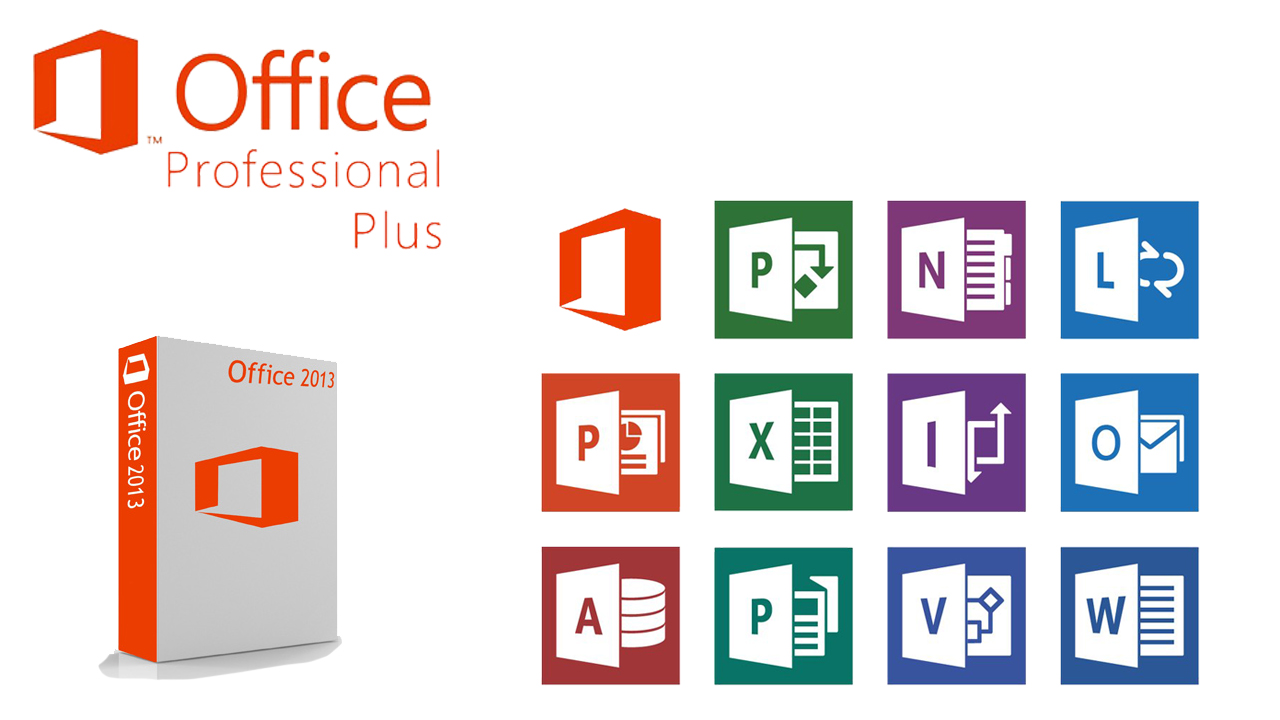

That’s where you open, save, save as…, print, and control your file as a whole. The File menu is probably the most commonly used menu in all of Microsoft Office.

However, if you don’t feel the need to create a Microsoft Account, you still have access to the full Microsoft Office 2013 Suite and can save files locally to your machine.

It addition to OneDrive, your account stores all of your personalization options, such as your Office background, Office theme, connected services such as Facebook or Twitter for easy file sharing, and your subscription details. Logging in with your Microsoft Account in any program in the Microsoft Office 2013 Suite logs you in to all of the programs, so you only need to do it once. OneDrive is Microsoft’s cloud-based storage system that allows you to log in with your Microsoft Account and access your file (with web-based apps to edit them) on any device with internet access. While this may seem irritating, and if you don’t already have one then you may be thinking “Why should I create yet another account just for Office?” it is actually incredibly convenient! By logging in to your Microsoft account, you can save documents, spreadsheets, presentations, and other media to your free OneDrive account. If you are running Windows 8 or 8.1 on your PC/tablet, you have been asked to create and log in with your Microsoft Account. We’ll touch on some of the common changes among all of the Microsoft Office products, then do a program-specific breakdown for Microsoft Word, Excel, PowerPoint. It is much easier to preview what things will look like before you commit to changes, and customize your files to be exactly what you want. Microsoft Office 2013 continues to provide users with maximum functionality while being more visual-based in the approach. Rest assured, most of your favorite and essential functions are still there, alongside some new functionality tools to easily enhance your productivity. If you are upgrading from a version of Microsoft Office prior to 2007, the concept of the ribbon, essentially a more visual-oriented version of your drop-down menus, and other cosmetic changes, may catch you off guard.

For those of you upgrading from Microsoft Office 2007, you likely won’t find many major changes in Microsoft Office 2013.


 0 kommentar(er)
0 kommentar(er)
